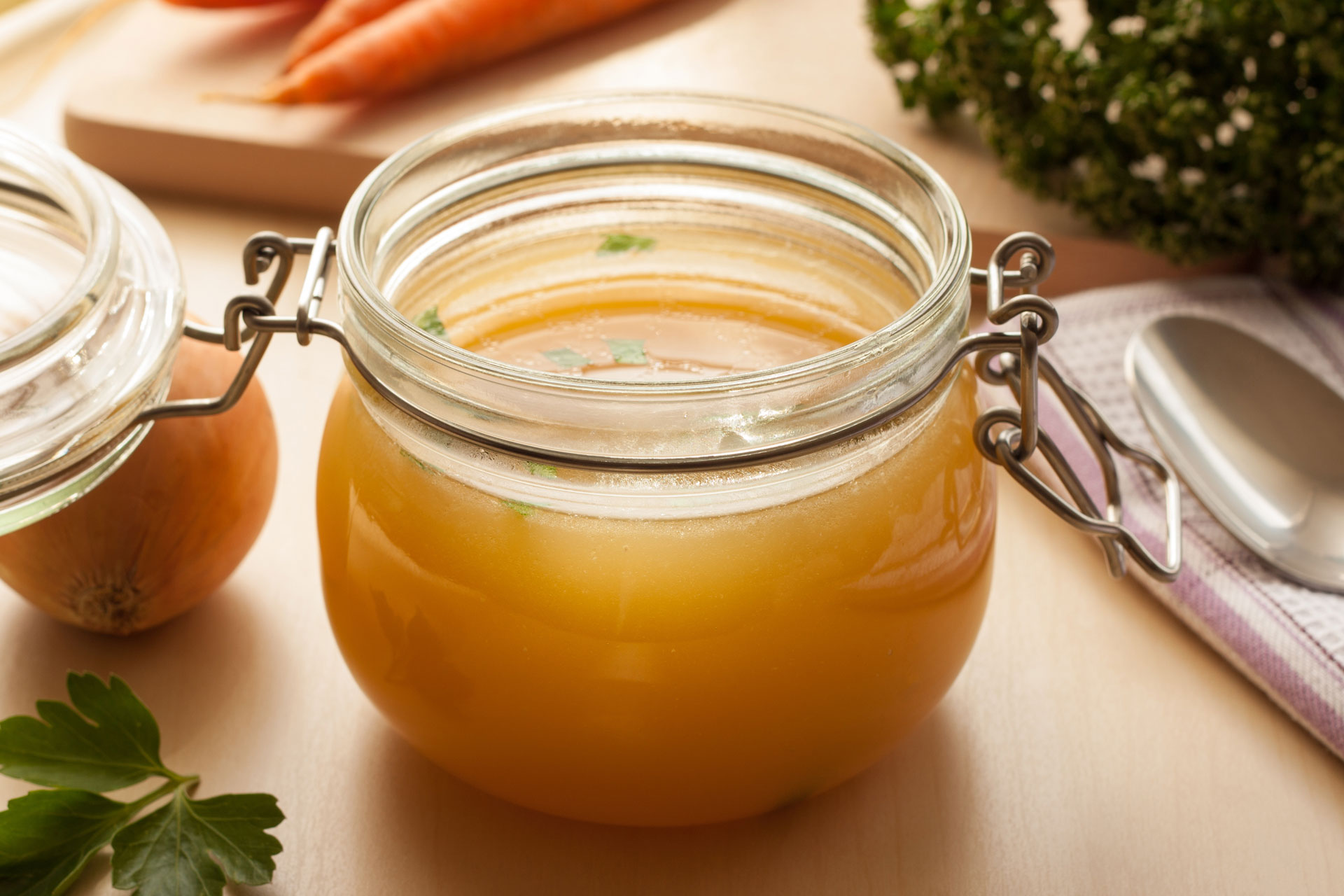Real Food Encyclopedia | Goat
Scientists now think that goats were probably first domesticated around 10,000 years ago in two areas — Western Iran, in the Zagros Mountains, and in the Euphrates River valley. It is thought that the Bezoar ibex, native to Southwest Asia, is the wild ancestor of domesticated goats. “The Oxford Companion to Food” tells us that, according to the archaeological record, goats were probably important as a meat animal, but it is likely that every part of the animals were used, from meat to skins to milk. Goats spread across the world with the domestication of agriculture, and remains of the animals have been found in the ancient city of Sumer (now in Iraq) and in Neolithic Chinese archaeological sites.
Read more about goat cheese if you’d like to learn more about it!
Fun Facts about Goat:
- In Internet slang, GOAT means “greatest of all time.”
- In Portland, OR and other parts of the country, you can hire goats to mow your lawn. Goats provide their own fertilizer, don’t burn fossil fuels and their famously iron guts sterilize weed seeds.
- Goats like to climb stuff (more on this, below). Watch a goat outfitted with a GoPro camera climbing cliffs over the ocean (not recommended for those who fear heights!). Here are more incredibly cute pictures of climbing goats.
- There are a little less than 3 million goats in the US today. Here is a map of literally every one of those goats.
What to Look for When Buying Goat
Goat meat is extremely lean, so it generally has to be cooked “low and slow” (low heat for a long time), usually in some sort of liquid. It has a gamey, lamb-like flavor — if you don’t love this, look for meat from younger animals.
Goat milk is also grassy, tangy and a bit gamey. In addition to goat milk, which is becoming increasingly available at farmers’ markets and larger grocery stores, you may be able to find goat milk yogurt, cheese, butter and ice cream. Products made from goat milk have less lactose (a kind of sugar) and casein (a kind of protein) — two components of milk that can cause allergies — than cow’s milk products, so may be a good choice if you are sensitive to either.
Sustainability of Goat
Goats are well adapted to most any climate, including hot and dry areas, and they will eat a wide variety of plants and shrubs as they forage (they are called “nonselective browsers” for this reason), including unwanted brush and weeds. Goats also require far less land than cows and are generally raised on smaller farms with more sustainable practices (possibly primarily because the demand for the animals in the US is low). Chances are also good that you can find locally raised goat.
Goat and Cultivation
Goats, Capra hircus, are ruminants in the Bovidae family. They count sheep, cattle, water buffalo, gazelles and antelopes as their cousins. There are about 250 breeds of goats and around 450 million goats around the world. They are genetically adapted to live in steep, mountainous environments and graze on things like tree bark and shrubs. Most varieties of goats have horns and beards (yes, even the female goats). Goats also have super freaky eyes with rectangular, horizontal pupils. These specialized pupils give goats great depth perception, helping them evade predators in rocky terrain. The animals are very curious and love to climb.
Female goats are called “nannies” or “does,” and un-castrated males are called “bucks,” “rams” or “billies.” Baby or young goats are called “kids” (sometimes cabrito in Spanish, when referring to meat animals). Older goat meat is called chevon. Domestic goats are raised for milk, meat and hair, and generally have been selectively bred for one of these purposes. Here’s in-depth information on how to raise goats from Grit.
Goat Seasonality and Geography
Goats can be bred any time of the year. This means that you may be able to find goat most times of the year, depending on your source(s) and where you live. Check your local farmers’ market first — goat’s increasing popularity means that goat meat and other goat products (milk, cheese, yogurt) may be available from your local goat farmers. Halal markets and markets that cater to Mexicans, Central Americans, Caribbeans and Africans are also good places to find goat meat.
Eating Goat
Cooking With Goat
As with most meat, exactly what you do with it depends on the cut. Chops, loin and ground goat can be cooked more quickly, while shoulder and other larger cuts should definitely be cooked low and slow. Because goat is leaner than other meats, it does well with braising in liquid, like with Caribbean curried goat, but it’s also great slowly roasted on a spit (with a good Barolo, according to the New York Times) — a common way to cook the meat, from Mexico to Italy to the Middle East. Goat pairs well with strong spices and herbs, like cumin, curry powder, oregano, rosemary and mint. Here’s more advice on how to cook goat meat, along with some recipes. As for goat cheese, it pairs perfectly with earthy vegetables like beets and kale. It’s also great crumbled over whole grains, like farro and quinoa.
Goat Nutrition
Goat is high in protein and low in fat. It is also full of other vitamins and minerals, like riboflavin, niacin, Vitamin B12, iron, zinc, copper and selenium. Goat meat has twice as much iron than beef and is far lower in calories, to boot. Goat milk is low in cholesterol and high in protein, potassium and calcium.
Top photo by Fanfo/Adobe Stock.

